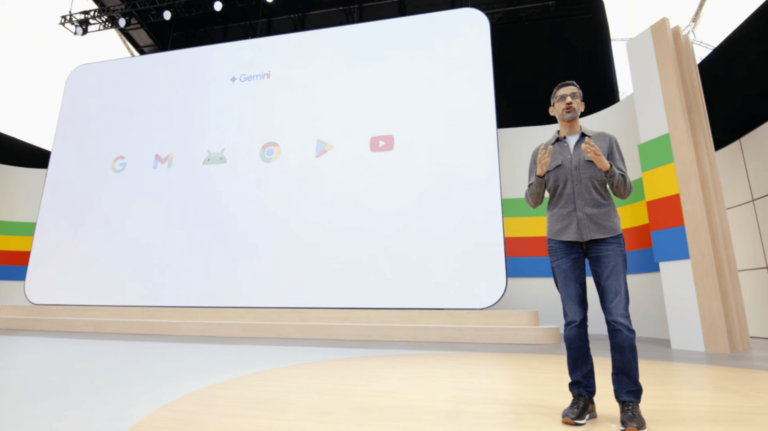With advances in artificial intelligence, robots that mimic not only human appearance but also brain capacity are becoming increasingly possible. The latest development from Harvard College and Google is an important step in this direction: a prototype that can control complex and coordinated movements.
Harvard College and DeepMind, Google's artificial intelligence company, have announced significant advances in understanding the complex mechanisms of the human brain. They developed a virtual rat with an autonomous artificial brain, an achievement published in the journal Nature. This development sets an important precedent in neuroscience research, the application of artificial intelligence to the study of the brain and their implementation in autonomous machines.
How it works
The development focused on unraveling how the brain controls movement. The researchers trained an artificial neural network using high-resolution, accurate rat data. This network controls the virtual body in an advanced physics simulator called MuJoco. In this way, the team was able to demonstrate that the "artificial brain" activates the neural control networks like real rat brains.
According to the Harvard neuroscientists, the results showed that the activation patterns in the artificial neural network were similar to those of real rats. This confirms that the neural network created with artificial intelligence can accurately replicate the neural processes involved in the movements of a living being.
The synergy with DeepMind made it possible to train a neural network capable of generating the necessary forces for different behaviors and mimicking movements for which it has not yet been specifically trained.
This advance has several implications. It provides a practical and transparent model for studying neural circuits and their effects on various diseases. This model can help to identify how the disruption of these circuits can lead to neurological diseases.
The platform also opens up new possibilities for the development of robot control systems. The algorithms developed could produce more "human-like" robots with more sophisticated movement capabilities that can be used in various industries, from manufacturing to medicine.
The next step in Google and Harvard's project is to give the virtual rat autonomy so that it can perform similar tasks to real rats. A virtual rat capable of solving problems on its own would allow scientists to conduct experiments that would be difficult or impossible to perform in a natural environment with live rats.
Google DeepMind's systems are not limited to brain and movement research. The same systems are also being used in other areas, such as identifying disease-causing changes in human DNA with AlphaFold3. Artificial intelligence could uncover genetic mutations associated with complex diseases and help develop more effective and personalized therapies.
Research is also being carried out into the development of advanced materials for practical applications. This includes the development of materials to produce more efficient solar cells, more powerful batteries and more efficient and economical computer fries.
These advances in materials could revolutionize industry, from renewable energy technologies to computers and telecommunications.




